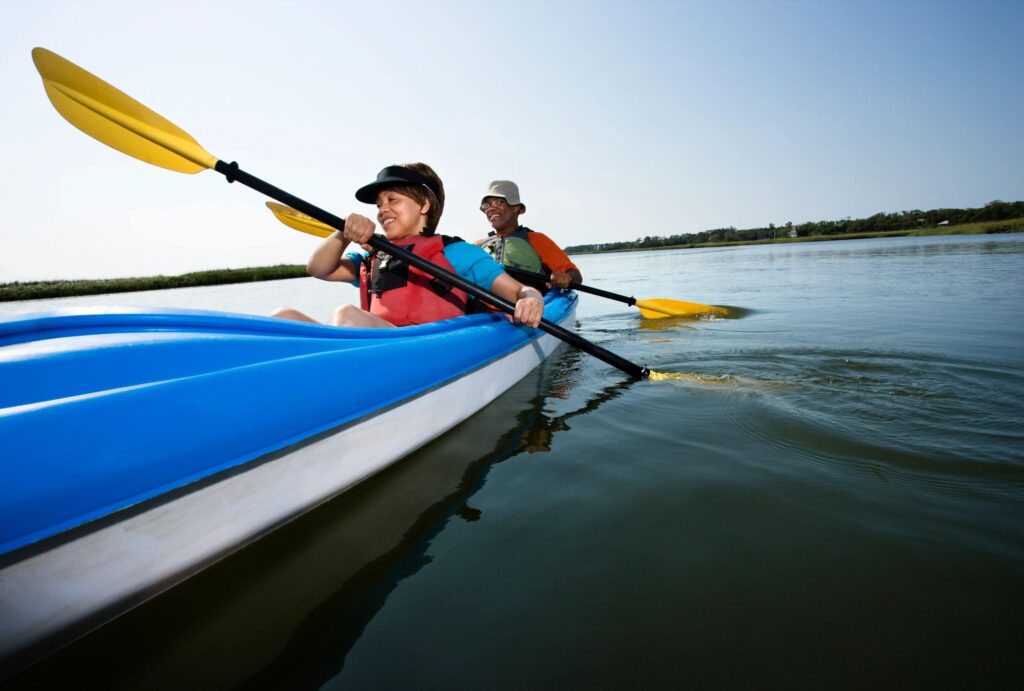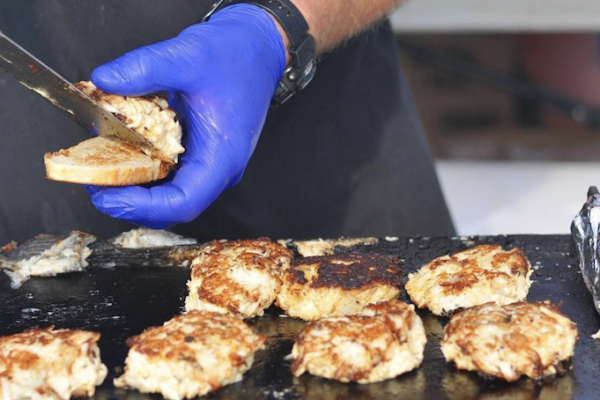Every year, we get tempted when the first warm week hits us in March or April. Usually, just approaching the time we change our clocks for daylight savings, we start to feel the sun peak through after months of rainy skies, and birds chirping nosily outside our windows. We are just itching to get to the outdoors and back on the water.
Don’t let the warm air fool you, the Chesapeake Bay and its rivers, and creeks can be life-threatening to an unprepared paddler. Air and water temperatures are not the same.

Unfortunately, too many paddlers have headed to the waters unprepared and found themselves in life threatening conditions. According to the U.S. Coast Guard, April is the second-deadliest month for paddling accidents. In 2018, non-motorized crafts (kayaks & canoes) accounted for around 20% of all recreational boating accidents in the United States in 2018. Every year, the Mathews Emergency Services reminds us that visitors must take precaution if they are entering waters in the early Spring months, watching for cold water and winds.
As comfortable as you may feel on the water, always assume that you will end up submerged, and plan for the worst case scenario. According to this website, loss of dexterity, exhaustion, unconsciousness, and your survival time are affected by different temperatures — you may be surprised that these temperatures are higher than you’d expect.
<14-90 minutes, expected survival time in temp. below 40°
1 to 3 hour, expected survival time in temp. below 50°
1 to 6 hour, expected survival time in temp. below 60 °
2 to 40 hour survival rate in temp. below 70°
Read up on recommendations before getting outdoors, and remember the dangers of the cold water. Follow these safety rules and find more information at the National Center for Cold Water Safety website.
- Wear a life jacket. Don’t just have it on board.
- Paddle with a buddy or group.
- Leave a float plan with family or friends. Explain your route and your expected return time. Remember to call them as soon as possible to confirm your safe return.
- Carry a whistle to alert others in case of danger.
- Take a paddling safety course.
- Dress for the water temperature, not the air temperature. When the water temperature is 60 degrees or below, a wetsuit is a must and a drysuit is recommended.
- Field test your gear, and test it each time before you go out.
- Learn how to self-rescue if your canoe or kayak overturns.






